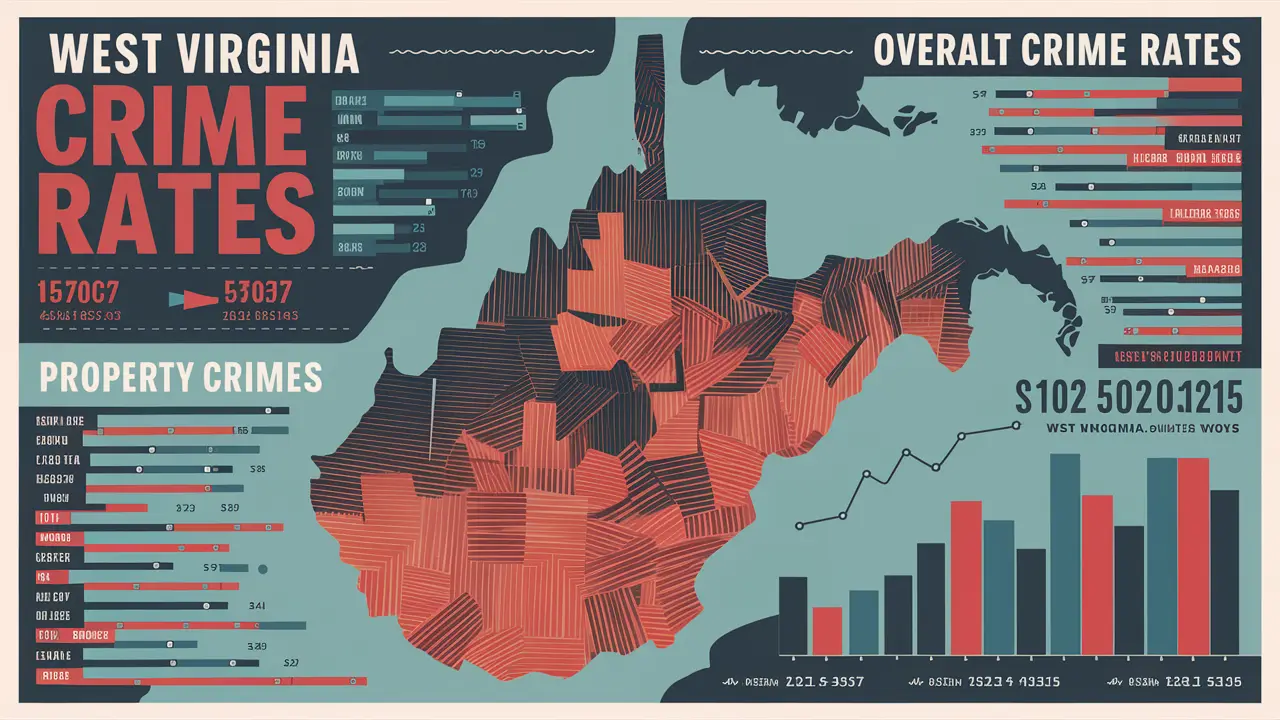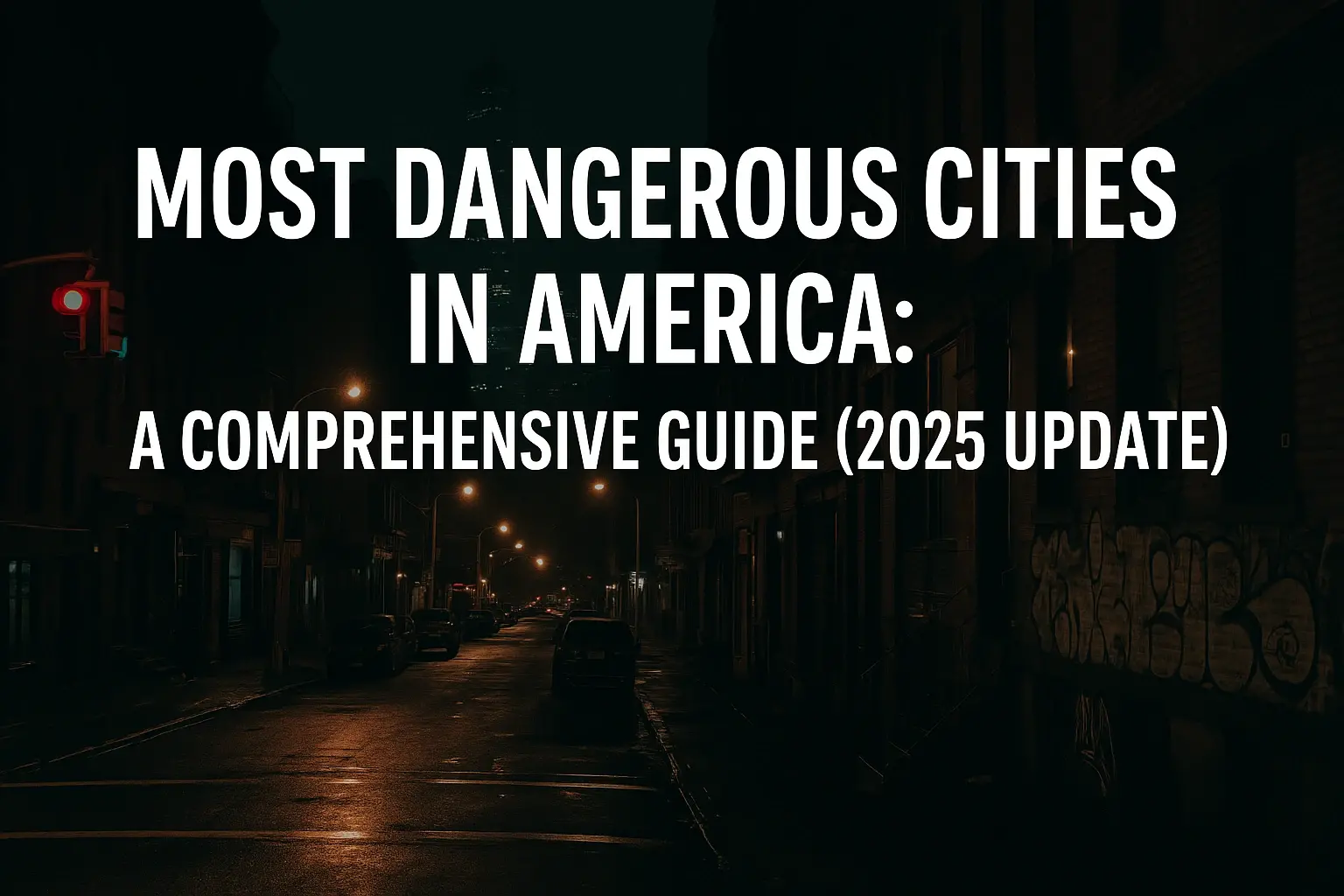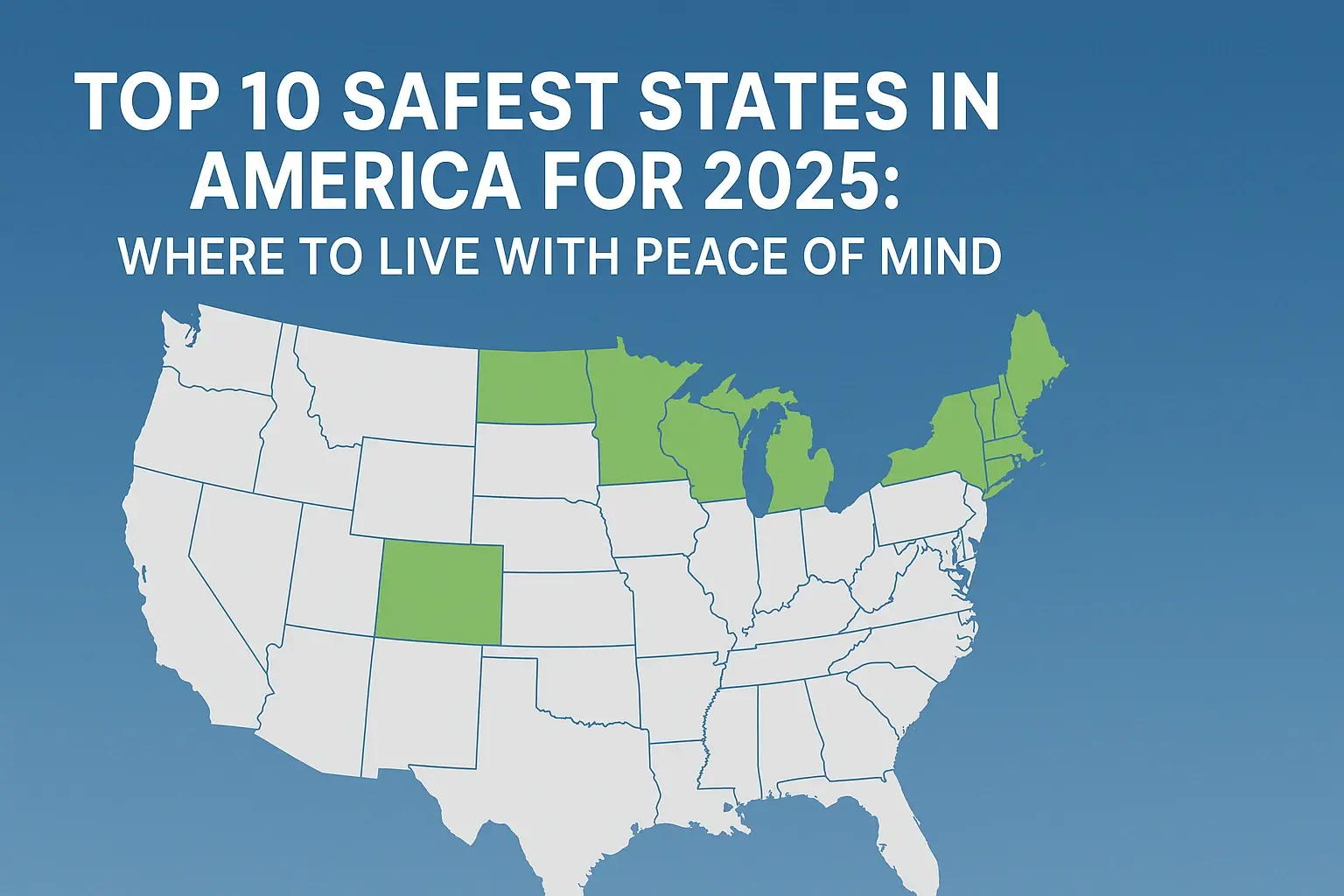West Virginia has for some time now had higher levels of violent and property crimes as compared to the overall national average. At the same time, it is worthwhile to note that the crime indicators have been slightly declining over the past few years in the state. Please, let’s focus on the most recent crime data along with the trends in West Virginia.
Examining the violent crime in West Virginia
West Virginia, however, seems to have a lower violent crime rate today than it did two decades ago. In 1997, violent crime incidents hit a record 498.9 per 100000 residents as revealed by the FBI’s Uniform Crime Reporting program. Since then, the rates have declined by over 40% to 292 per 100,000 in 2018 according to the records.
The types of violent crime are murder, rape, robbery, and aggravated assault which are grouped into four categories. Of these, aggravated assault has been categorized as the most dominant type of violent crime in West Virginia. While aggravated assault is generally included in violent crime, the rate in the state has also followed the violent crime trend, increasing in the early 1990s before reaching a high in the late 1990s followed by a decline.
Property Crime Trends
Like violent crime rates, property crime also spiked in the 1990s and has declined consistently in West Virginia since then. Property crimes involve theft, wherein one steals from another’s property, and this includes burglary, larceny-theft, motor vehicle theft, and arson.
Analyzing the changes in the property crime rate of West Virginia from the year 1993 to 2018, it can be observed that the crime rate is reduced by half from 4,969 to 2,341 per 100,000 people. The rates of burglary and larceny were also seen to have dropped significantly during this period.
But what’s the story on this decrease in property crime? Fifty-four percent of surveyed burglars said that increased home security systems and community policing have reduced burglary incidents, and 46 percent said that increased prison sentences for repeat offenders have also reduced burglaries.
This section focuses on the various types of crimes that occur in West Virginia.
Crime can be geographically diverse as well, meaning, it might be more prevalent in one region and less in another. While using crime rates to compare West Virginia and other states, it is also relevant to consider the difference between urban and rural areas of the state.
Topping the list of West Virginia’s most populous cities are Charleston, Huntington, Parkersburg, Wheeling, and Weirton. Out of all the cities mentioned above, Charleston and Huntington demonstrate the highest levels of violent and property crimes. Yet, both cities are also characterized by steep declines in crime rates for over ten years now.
Rural areas on the other hand are often found to be having lower levels of crime than the urban areas in West Virginia. Nevertheless, the crime rates have remained high and have affected all areas of the state including the rural counties that have faced problems with drug trafficking and other related crimes. Opioids could be part of the reason for some of this unlawful behavior, particularly given the current epidemic.
As mentioned above, various cultural, social, economic, and political factors can affect the crime rates in any part of the United States including West Virginia.
The following are some of the variables that may influence crimes in West Virginia. Educational background, drug and substance usage, level of income and poverty, police force expenditure, and the level of unemployment are the factors that determine the rate of crime.
For instance, West Virginia may have higher poverty and unemployment levels, which leads to property crimes due to hunger. The state also has the highest drug overdose death rate in the US – this may lead to violence and stealing incidences due to drug cartels.
However, there is evidence that more funding for the police as well as more specific policing strategies may have enhanced crime prevention and investigation since the year 2000. Higher income plus lower unemployment pre-pandemic may also have helped reduce some risk factors such as more people earning college degrees.
Criminal Forecast Analysis and Crime Avoidance
Crime statistics and criminal activity rates in West Virginia: It is rather challenging to state clearly. However, officials would like to see current declines continue or grow even stronger in the future.
To maintain the trend of property and violent crime going down, the authorities advise increasing resource provision for community policing, drug reclamation services, employment readiness programs in risky regions, and youth engagement programs. If West Virginia makes progress on eliminating such things as poverty or addiction it might lead to less criminality in the future.
It is logical to note that no place can guarantee the complete eradication of crime but West Virginia has shown a significant improvement over the past few decades including its largest cities. Unwavering community support for reforms and intelligent decision-making regarding crime prevention could further extend these positive tendencies.







